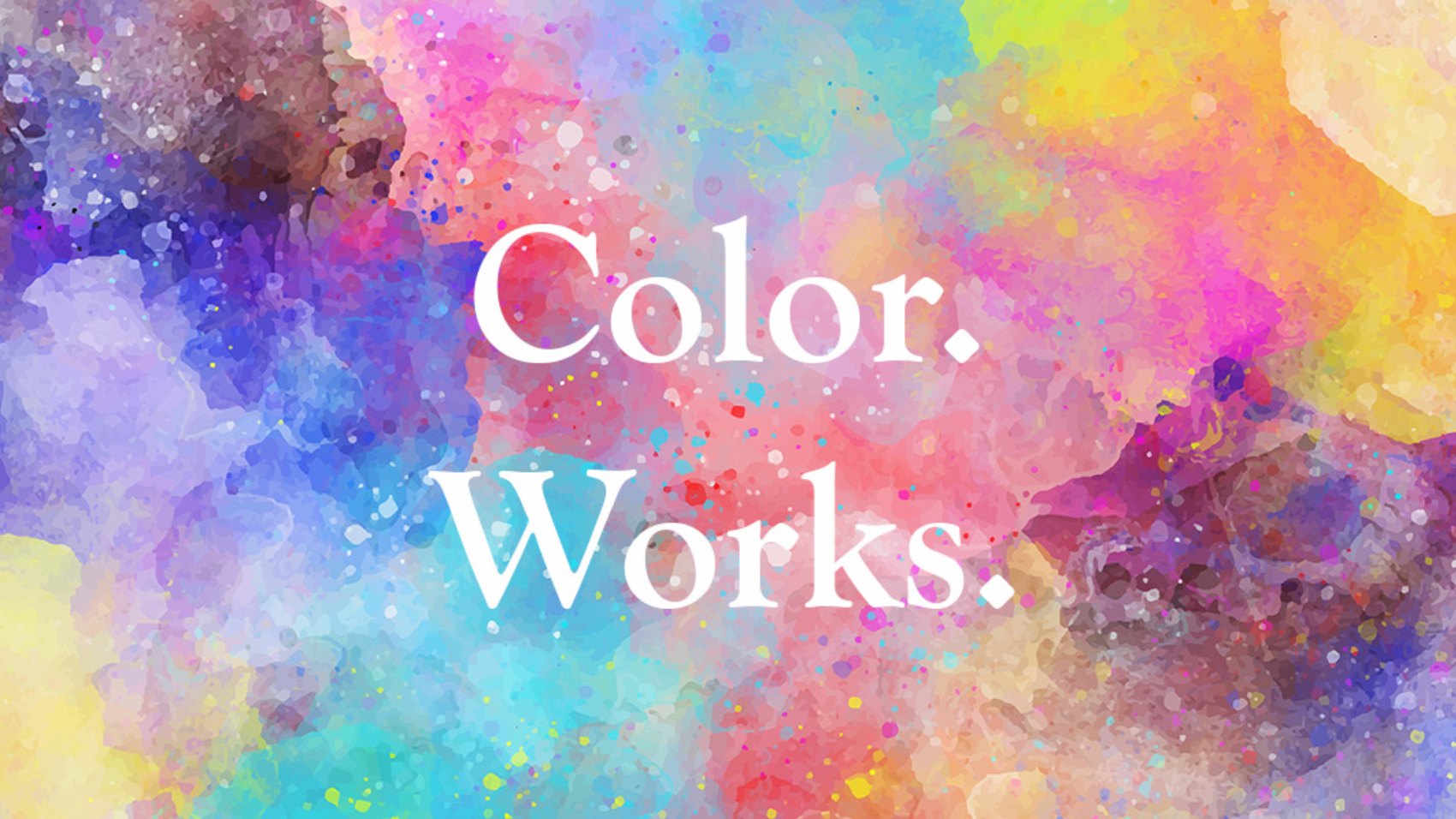1. Color is a key ingredient to creating an inviting office space.
Even a subtle change can make a big difference.
2. Color is powerful.
It evokes strong emotions, feelings, and memories. It can calm, excite and inspire – influencing our mood and affecting our emotional and physical wellbing.
Our world is infused with different hues, tones and intensity that influence us. That’s why color is vital to the human experience – and to place. People can walk into a space and immediately feel better – or worse.
Color also reflects culture and the shifts in society’s response to the world around use. The color palette humans are drawn to is ever evolving and we are responding to forces that we can’t articulate but can feel at a visceral level. In the places we work, color communicates in ways we might not be consciously aware of, but it influences how we feel. Ask yourself, do you feel good when you walk into your office? Does it signal feelings of warmth? Is it welcoming?
Color and the Workplace
Workplace color palettes in the past signaled, “We’re all business here.” They reflected an early infatuation with technology, but the aesthetic often felt cold and antiseptic. To combat this, many organizations responded by embracing bright primary colors and introducing slides and jungle gyms. While the intent was to infuse joy, the workplace was not always practical for getting work done. Nor a soothing environment for people in high-stress roles.
Today, hybrid work has blurred the lines between work and home. People want the comforts of home when they are in the office. Recognizing this desire, designers look at how to use color to create workplaces where people feel good and want to be.
The process of creating relevant color choices for today’s workplace starts with an exploration of macro forces and societal shifts. It is important when looking at color’s uses when creating places that support the ways people work.

Inspired by the comforts of home, this palette incorporates soft neutrals and natural materials. The chunky textiles remind us of a cozy blanket, or favorite nooks at home and can offer a sense of serenity.
3. Of all the forces influencing work, people’s need for emotional and physical wellbeing accelerated during the pandemic. It is influencing workplace design and the colors that people are drawn to.
This is especially important as we recover from a global pandemic and are still living in a time of uncertainty and volatility. Stress, anxiety and the physical toll they take has impacted all of us. People are talking openly about mental health and employees have heightened expectations of their employers and how they will support their overall wellbeing.
Immersed in technology, people yearn for more humanity. They are seeking comfort, familiarity and a sense of sanctuary and are drawn to places that create a soothing, domestic sensibility. With these insights, designers can begin to envision colors that appeal to what people need and apply them in ways that humanize space to better support their cognitive, physical and emotional wellbeing.

Like vastness of a midnight sky, this palette feels expansive yet comforting. With a hint of light purple and multiple textures, it creates an atmosphere of luxury like a favorite indulgence.
4. Natural elements help balance pervasive technology.
As technology and mobile devices permeate our lives, along with their techy aesthetic, the more we crave the balance that natural elements can bring.
5. Warmer neutral colors evoke feelings of comfort.
Neutral color is grounding, natural and timeless – and can e paired with vibrant and bold accents to create a unique and inspiring aesthetic. Bringing these colors into the workplace can help make it feel more secure, stable and supportive.
6. Home and office aesthetics intersect.
People want a new aesthetic at home, in the office and at the cafe down the street – everywhere they go. The boundaries that used to define our spaces are fading. People want to balance performance with a domestic sensibility. This helps them feel a sense of comfort at work as much as they do at home.

This palette began with imagining some of our favorite places in nature and weaving natural elements with man-made spaces. From the green hues in our favorite gardens to the desert landscape brought in by a rich terra red, this palette brings nature to product and wellbeing to humanity.
7. Biophilia matters even more.
Colors, shapes and patterns that incorporate design principles around leaves, flowers, animals, trees and other outdoor elements can subliminally help people feel more grounded and a greater sense of wellbeing. This impacts the colors we’re drawn to. It also the materials and finishes we prefer, such as those made of natural elements like wood, stone or even recycled materials.
Receive our Newsletter
To receive our newsletter, including new editions of spaces and other digital content, fill out the form:



